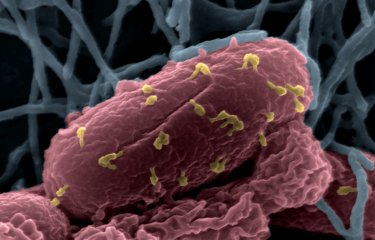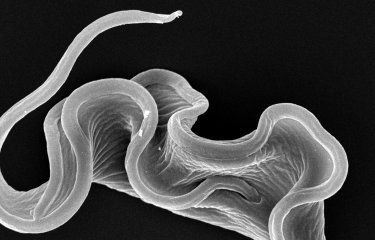A new model has been developed to elucidate the seasonal dynamics of plague in Madagascar. In this country, where the disease remains endemic, and most often occurs between October and March. The associated study, which arose from a collaboration between the Institut Pasteur in Paris and the Institut Pasteur de Madagascar, paves the way for more effective eradication and prevention strategies based on a One Health approach, vital for limiting the resurgence of the disease.
Although it has been eradicated in Europe, plague still circulates in several regions of the world. Hundreds of cases are reported every year in Madagascar, particularly in its rural highlands. Seasonal outbreaks of the disease, spread mainly by fleas hosted on rats, generally occur between October and March, presenting the health authorities with a permanent challenge. Back in 2017, a severe episode involving a pulmonary form of the disease highlighted the urgent need to improve preventive measures.
In order to combat plague, it is first necessary to understand its mechanisms of transmission. The team led by Antoine Brault and Simon Cauchemez joined forces with Fanohinjanaharinirina Rasoamalala from the Plague Unit at the Institut Pasteur de Madagascar [in French] to develop mathematical models elucidating how variations in numbers of rats and fleas over the course of the year may explain seasonal variations in plague outbreaks in humans. The scientists based their findings on detailed field surveys involving the simultaneous capture of rats and fleas, serological analyses and monitoring of animal populations in endemic areas of Madagascar.
Seasonal effects on plague transmission by fleas and rats
Fleas are the main vectors of the plague pathogen, Yersinia pestis. Rat and flea populations are subject to significant seasonal variations. During the rainy season, less food is available. This leads to a fall in the rat population. At the same time, weather conditions during the wet season favor an increase in the flea population inside homes.

An increase in food resources during the dry season leads to an increase in rat numbers. "Based on extensive data collection, we were able to determine that flea density on rats increases as the rat population falls," comments Fanohinjanaharinirina Rasoamalala. "Thus, even with a falling rat population, there is an increased risk of transmission to humans during the rainy season due to the increase in flea numbers."
The need for a One Health approach
Plague is more than just a human disease – it is the culmination of interactions between fauna, flora, climate and human societies. The One Health approach advocated by all the project teams seeks to take account of this complex interplay. As such, the study demonstrates how interventions targeting both rat and flea populations at key periods between July and September, before the epidemic peak, could significantly reduce the risk of outbreaks. Based on this understanding of links between human, animal and environmental health, it is possible to envisage the long-term control of this disease that remains a perennial threat, with an impact both in health and socio-economic terms.
A model for tackling plague and its variations
The mathematical model was developed based on interdisciplinary work combining field surveys with health surveillance. This incorporates large volumes of data collected over several years and uses a powerful supercomputer to analyze them. It has proven highly effective even when using heterogeneous data, combining rat and flea population dynamics, which are interpreted from the start of the season.
Based on an understanding of these seasonal variations, it is possible to target high-risk periods with greater precision, while also adapting surveillance efforts and flea and rat control measures. These findings could prompt the implementation of field-based prevention strategies in close collaboration with Madagascar's Ministry of Health and local communities. Operational recommendations are ready to be tested and locally adapted. The desired outcome is to move from a reactive approach (taking action once outbreaks are reported) to a more anticipatory strategy using an early warning system. This will mean refining the model to take account of climate-related, agricultural and social factors.
(video in french, English subtitles available)
This project, led by teams from the Institut Pasteur in Paris, was successfully completed thanks to the commitment and support of the Institut Pasteur de Madagascar, the French Armed Forces Biomedical Research Institute (IRBA) and the French International Technical Expertise Agency (Expertise France). It notably included a highly effective training component, with scientists from Madagascar trained in mathematical modeling of infectious diseases.
Reference : F. Rasoamalala, B. Ramasindrazana, M.J. Parany, S. Rahajandraibe, L. Randriantseheno, S. Rahelinirina, O. Gorgé, E. Valade, M. Harimalala, M. Rajerison, S. Cauchemez, & A. Brault, Unraveling the role of rat and flea population dynamics on the seasonality of plague epidemics in Madagascar, Proc. Natl. Acad. Sci. U.S.A. 122 (24) e2502161122, doi.org/10.1073/pnas.2502161122 (2025).





